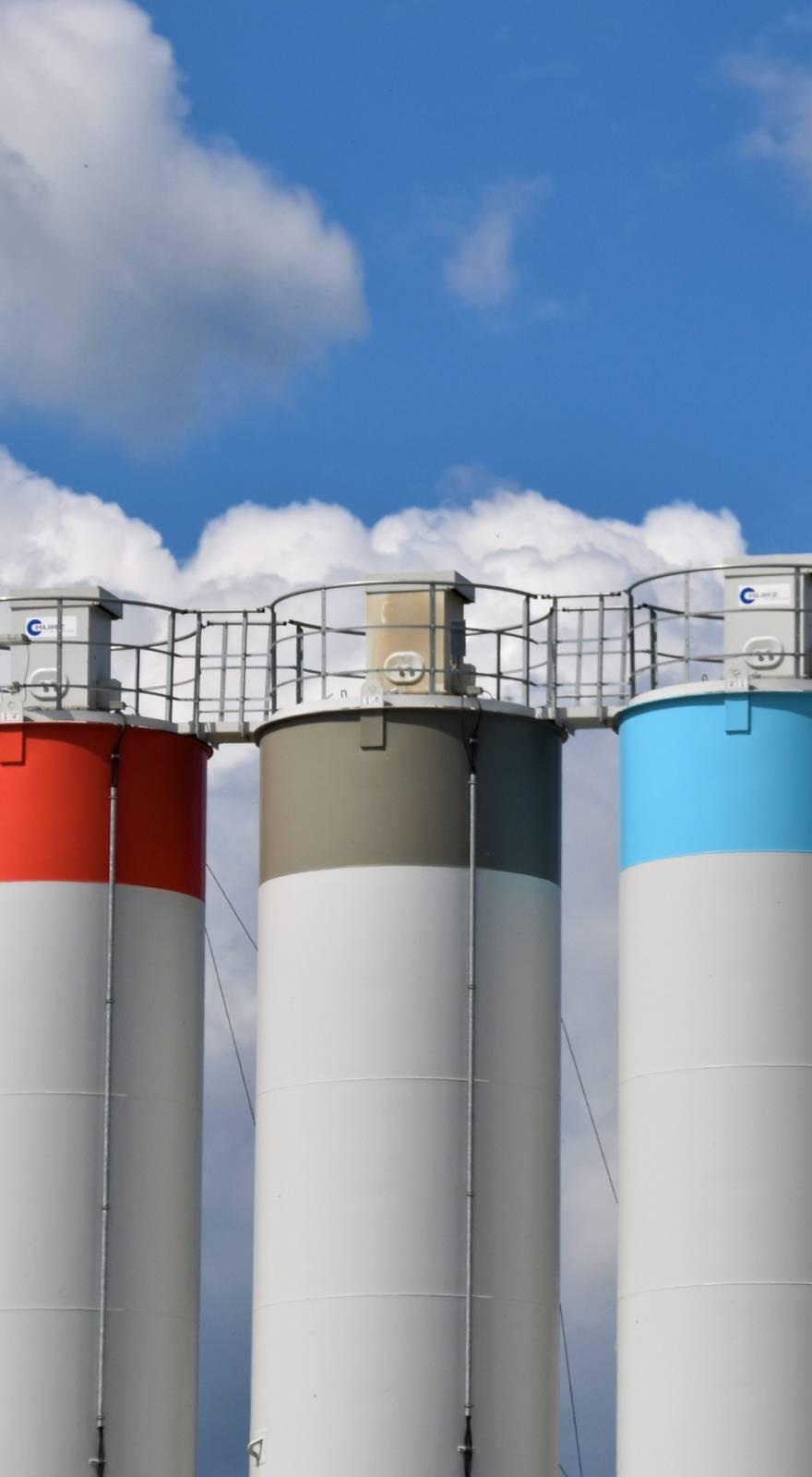Knowde Enhanced TDS
Identification & Functionality
- Chemical Family
- Polymer Name
- Technologies
- Product Families
- Environmental Resistance
- Weather Resistance: Excellent
- Sunlight Resistance: Excellent
- Ozone Resistance: Excellent
- Oxidization Resistance: Excellent
- Water Resistance: Very Good
- Steam Resistance: Excellent to Outstanding
- Gas Permeability: Good
- Classification (MIL-R-3065 / SAE J-14 / MIL-STD-417)
RS
- Classification (ASTM D 2000 / SAE J200)
AA, BA
Features & Benefits
- Materials Features
- Generally Attacked By
Open Flame, Hydrocarbons, Oil and Gasoline
- Generally Resistant To
Gasses, Air, Alkalis, Acids, Water, Weather, Sunlight, Oxidation and Ozone.
Applications & Uses
- Markets
Properties
- Chemical Resistance
- Physical Properties
- Mechanical Properties
- Typical Properties
- Thermal Properties
| Value | Units | Test Method / Conditions | |
| Elongation | 300 - 850 | % | — |
| Hardness Range (Durometer ) | 40 - 80 | Shore A | — |
| Value | Units | Test Method / Conditions | |
| Compression Set | Fair | — | — |
| Rebound Rating | Poor | — | — |
| Flex Cracking Resistance | Good to Excellent | — | — |
| Abrasion Resistance | Good to Excellent | — | — |
| Tear Resistance | Good | — | — |
| Impact Resistance | Good | — | — |
| Flame Resistance | Poor | — | — |
| Value | Units | Test Method / Conditions | |
| Common Name | Butyl | — | — |
| Value | Units | Test Method / Conditions | |
| Service Temperature | -60 - (+)300 | °F | — |
Storage & Handling
- Recommended Shelf Life
5 to 10 years

